Ceiling and wall light installation guide – How to do it safely and stylishly
Lighting is the cornerstone of home interior design. It affects the atmosphere, practicality, and comfort – and with the right lighting fixtures, you can give your room a whole new look. But how do you install a lighting fixture correctly? In this comprehensive guide, we will explain step by step how to install ceiling and wall lights safely and easily. However, always remember safety – electrical installations for fixed light fixtures should be left to a professional, but you can easily and safely install decorative light fixtures yourself.
Before you begin – checklist
Before installation, make sure you have the following:
-
Do you have the necessary tools? (screwdriver, drill, ladder)
-
Have you turned off the power at the fuse box?
-
Is the light fixture suitable for your space and purpose?
Important! Always ensure safety before installation by turning off the power at the fuse box. You can check that the power is definitely off by using a voltage tester – these are available from most hardware stores.

Choosing a light fixture – what to consider
- Intended use: General lighting, spot lighting, or mood lighting?
- Light intensity and color: Warm, neutral, or cool light?
- Size and shape of the light fixture: Are the proportions suitable for the room?
- IP rating: Is the light fixture intended for dry or damp conditions?
- Lamp type: LED lamps are energy efficient and long-lasting.
Light fixture installation methods
Plug-in light fixture into a light fixture socket
- Attach the light fixture to the ceiling hook and plug it into the socket.
- Well suited for general use in the home.
-
Easy and safe to do yourself.
A light socket is a commonly used solution where the ceiling socket is covered with a cover. The cover includes a hanging hook. for the light fixture and a plug connection for the power outlet. The light fixture, which is designed to be installed in connection with this type of hook cover, is easy and quick to connect yourself – installation can be done safely without electrical training, as long as the instructions are followed.


S
ugar cube connection-
Connect the wires (phase, neutral, protective earth) with a sugar cube.
-
Check that all connections are tight and correctly oriented.
In some homes, especially older buildings, the ceiling may only have a hook and a sugar cube without a light socket. In this case, you can install the light yourself, as long as you follow the correct safety instructions – most importantly, turn off the power at the fuse box before starting work.
If the light fixture already has a plug or another ceiling rose, it should be removed. The light fixture's wires are then connected to the ceiling rose so that wires of the same color are connected to each other (e.g., blue to blue and brown to brown). The hook fastening acts as a support for the light fixture.
This installation method is quite common, especially in apartments built in the 1960s and 1980s.
Permanently installed light fixtures
-
Fixed lights require an electrician.
-
Examples include recessed LED panels and bathroom lights.
Lights that are screwed directly into the ceiling or junction box are classified as fixed lights. In this type of installation, any light socket must be removed, and the light is attached directly to the ceiling box or directly to the ceiling surface using the supplied
As this is a fixed electrical installation, it may only be carried out by a qualified electrician. Such installations are the responsibility of a skilled professional in accordance with electrical safety regulations.
Wall light installation
-
Choose the location carefully: suitable height, light area, and safety.
-
Wall mounting often requires drilling and the right fasteners.
Wall lights are often attached directly to the wall surface using the mounting bracket supplied with the light. This installation method does not necessarily require the use of a junction box, as the electrical wires can also come directly from the wall.
As luminaires installed directly on the wall are fixed luminaires, their installation should always be left to an electrician. This ensures the safety of the installation and that all electrical safety regulations are met.
However, please note that surface-mounted wall lights are easy and safe to install yourself. They are attached to the wall with the bracket supplied with the light, and the electricity is connected directly to the socket with a standard plug – no fixed electrical installation is required.
Most of these lights come with a pre-installed electrical cord with an on/off switch, which makes them easy to use without the need for separate wall switches. This installation method is particularly suitable for rental apartments and situations where permanent changes are to be avoided.
Recessed ceiling lights
-
Installed in a hole made in the ceiling.
-
Requires a fixed electrical connection – leave it to a professional.
Recessed lights, such as downlights or LED recessed lights, are installed in a hole cut into the ceiling of the appropriate size. The light is secured in place with a spring clip, which presses it tightly and discreetly against the ceiling surface.
When installing, it is important to take into account the required installation depth of the light fixture and its heat output – especially if the light fixture is to be installed in a suspended ceiling or close to insulation materials. Adequate ventilation and correct placement ensure the safe and long-lasting operation of the light fixture.
Since recessed lights are fixed electrical installations, they should always be installed by a qualified electrician.
Step by step – how to install a light fixture yourself
-
Turn off the power at the fuse box.
-
Carefully remove the old light fixture.
-
Check the condition of the ceiling box and attach the new light fixture.
-
Connect the wires with a plug or sugar cube.
-
Secure the light fixture tightly and safely.
-
Turn the power back on and test that it works.

IP classes for lights – what do they mean?
The IP class tells you how well the light is protected from dust and water. This is especially important in bathrooms, kitchens, and outdoor areas.
-
IP20 – Protected against solid objects. Only for lights in dry areas.
-
IP44 – Protected against splashing water. Suitable for bathrooms and outdoor use under a canopy.
-
IP65 and IP67 – Protected against water jets and immersion. Suitable for outdoor use and demanding humid environments.
Always check the IP rating before installation to ensure that the luminaire is safe and durable.

Choose the right bulb for your light fixture
The right bulb makes a big difference. Always choose a bulb that is recommended for your light fixture:
-
Base: E.g. E27 (most common), E14 (for smaller lights), GU10 (for spotlights), GU9 (for small lights).

-
Light output: Measured in lumens (lm). 400–800 lm is suitable for most general lighting.
Color temperature:
-
Warm (2700–3000K) = atmospheric
-
Neutral (4000K) = natural
-
Cool (5000–6500K) = effective and bright
-
-
Adjustability: Do you need a dimmable lamp?
Summary – light safely and stylishly
Installing a light fixture is easy to do yourself if it is a plug-in fixture. However, if it is a fixed connection or in a damp location, ask an electrician for help. Remember to choose a light fixture and bulb that are suitable for the space – and always consider safety.
Are you looking for a new light fixture for your home? Browse our selection and find the perfect model for your space – we offer both ready-to-install light fixtures and inspiration for home lighting.

The FOCUS LIGHT ORSA pendant light is Elegant choice for your living room, for example.
Finally, remember that electrical work may only be carried out by electrical professionals who have the necessary qualifications and rights. As a general rule, fixed electrical installations – such as replacing fixed light fixtures, sockets, or light switches – should not be done by yourself.
Ordinary electricity users are only allowed to perform certain minor electrical work, which is specifically defined in the Electrical Safety Act. These tasks may only be performed if you are completely confident in your skills and the safe execution of the work.
For more information on permitted DIY electrical work, visit the Tukes website.


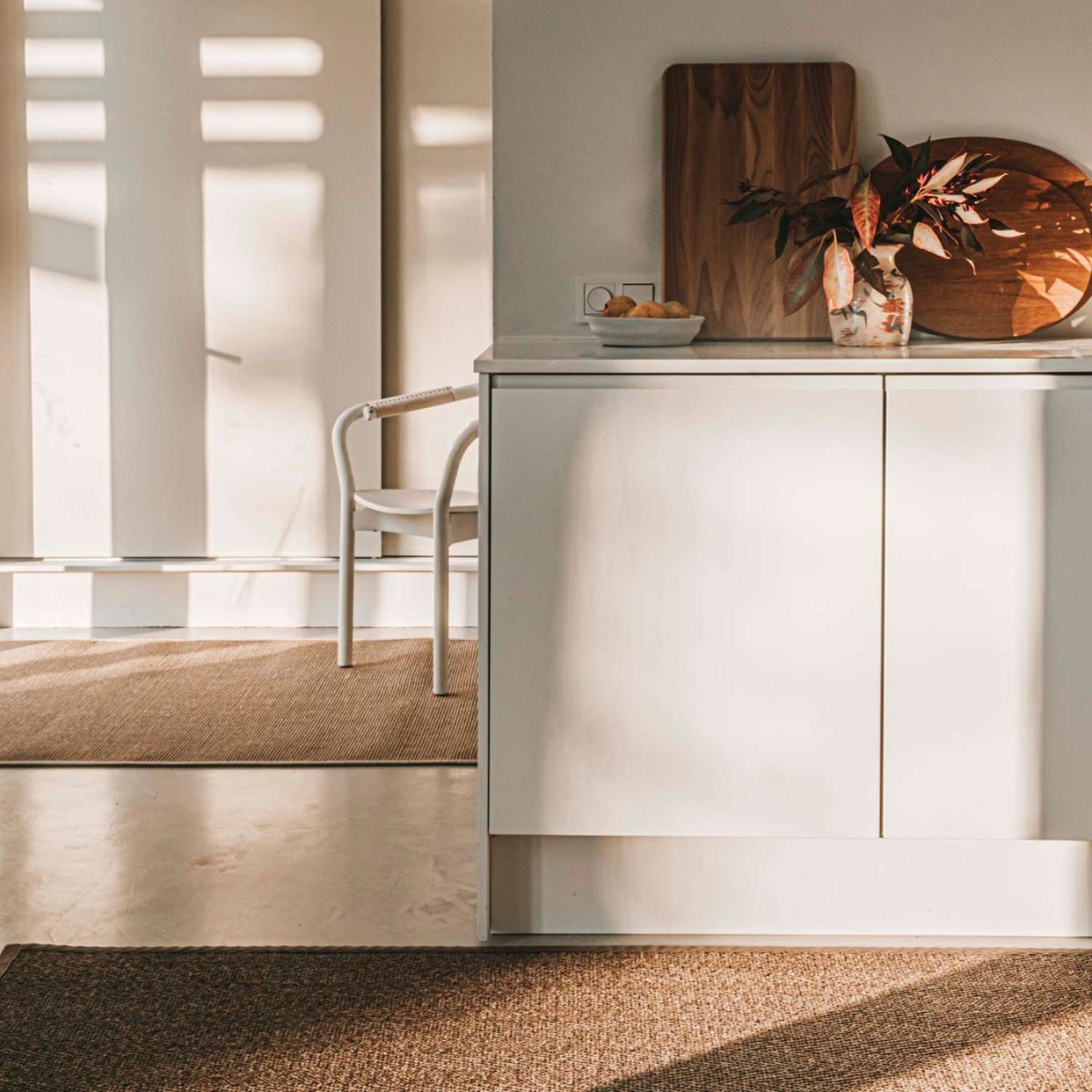
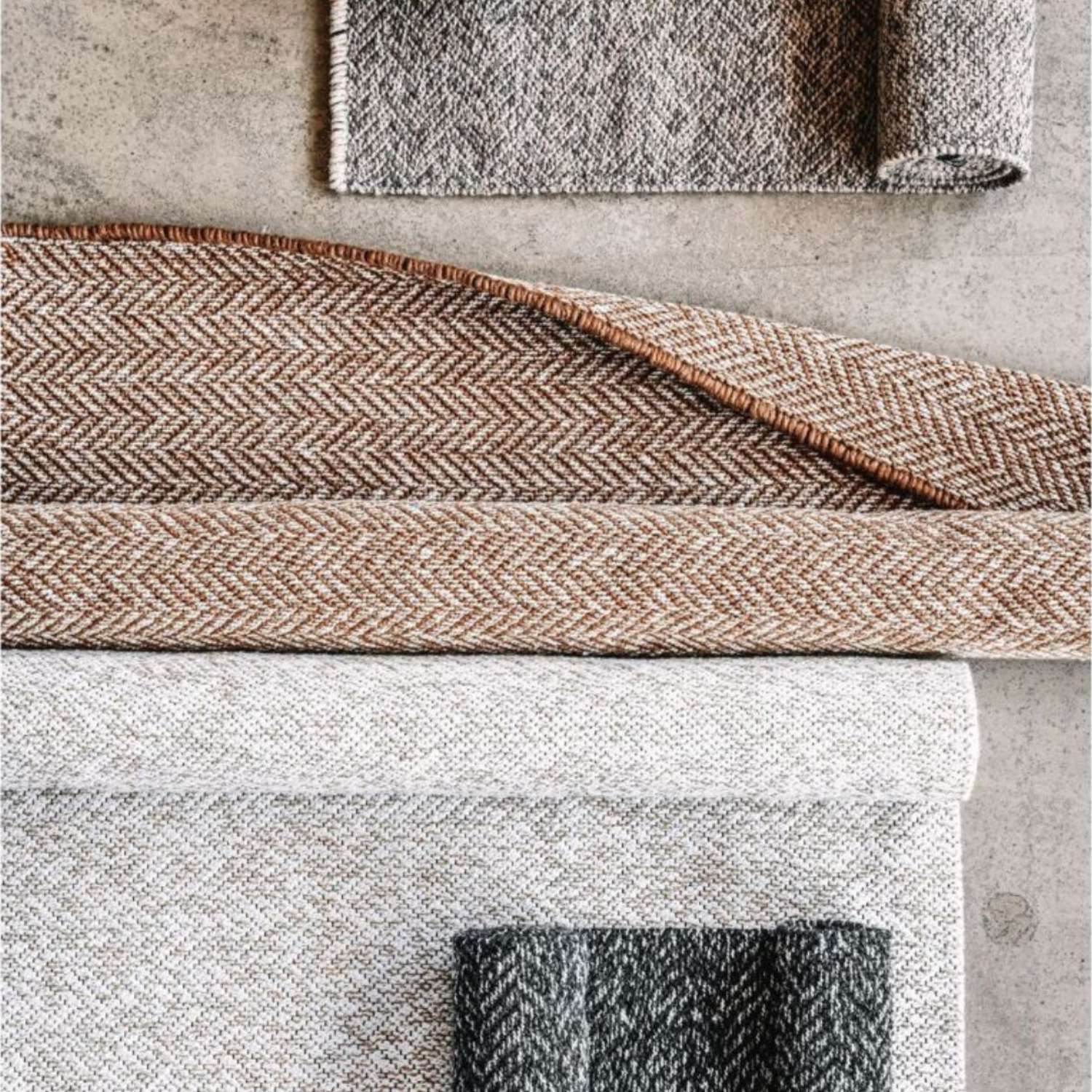
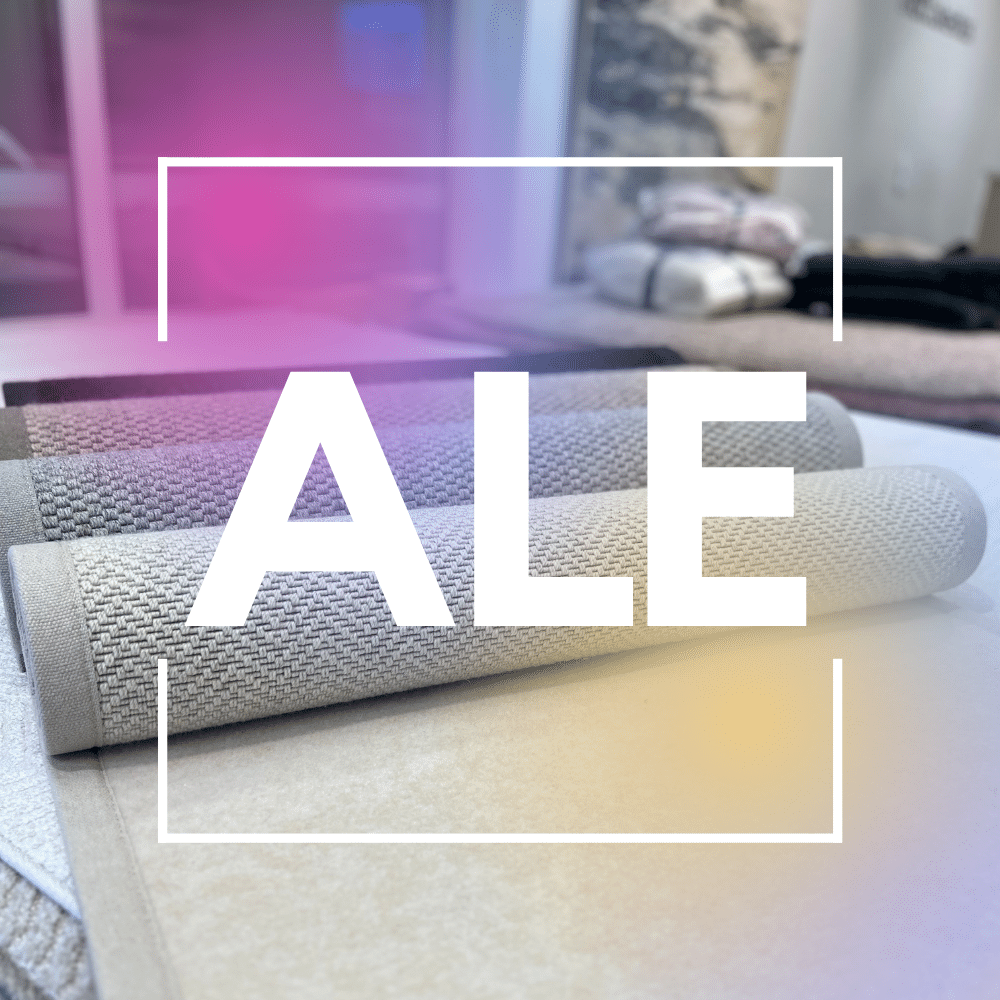
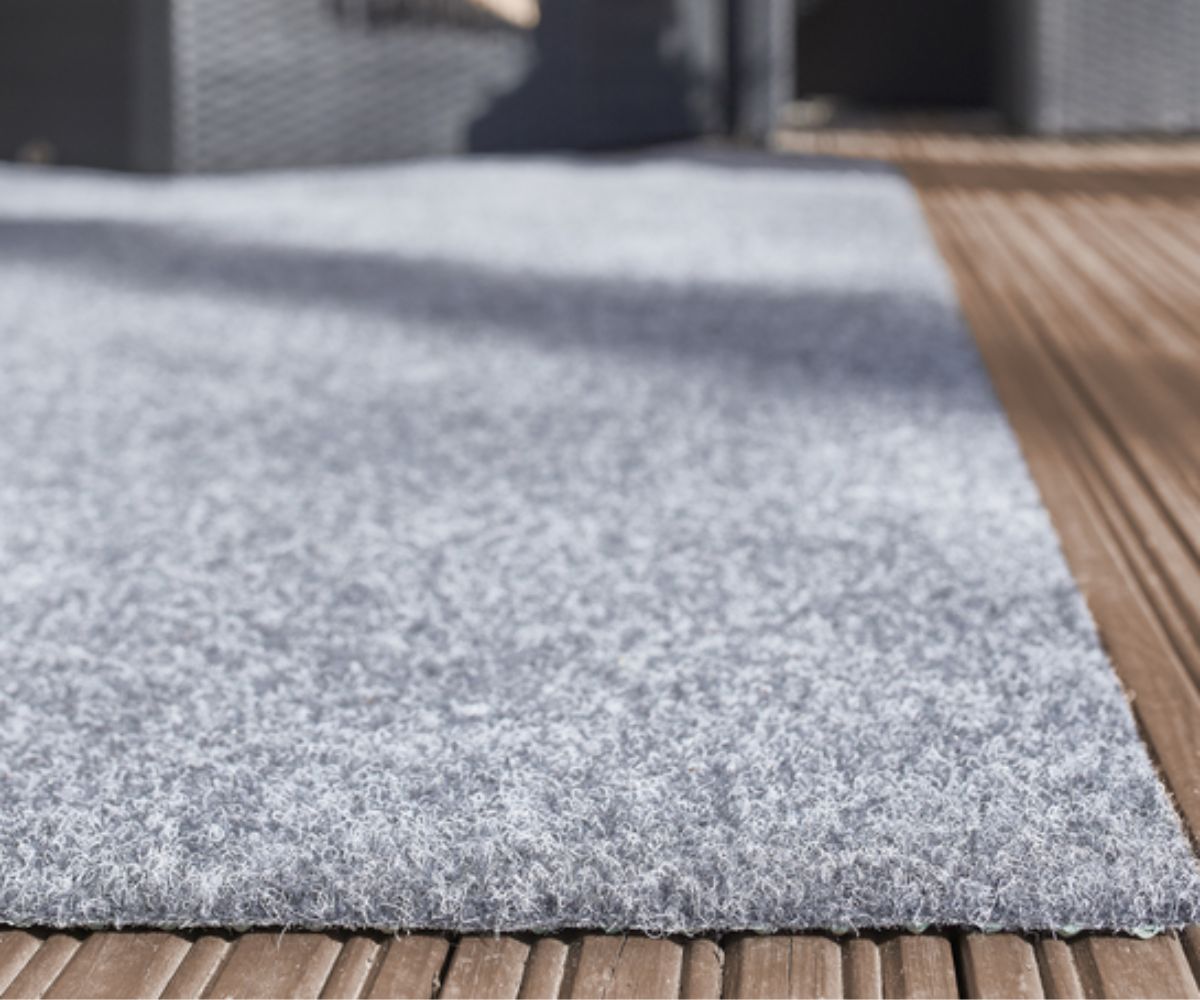
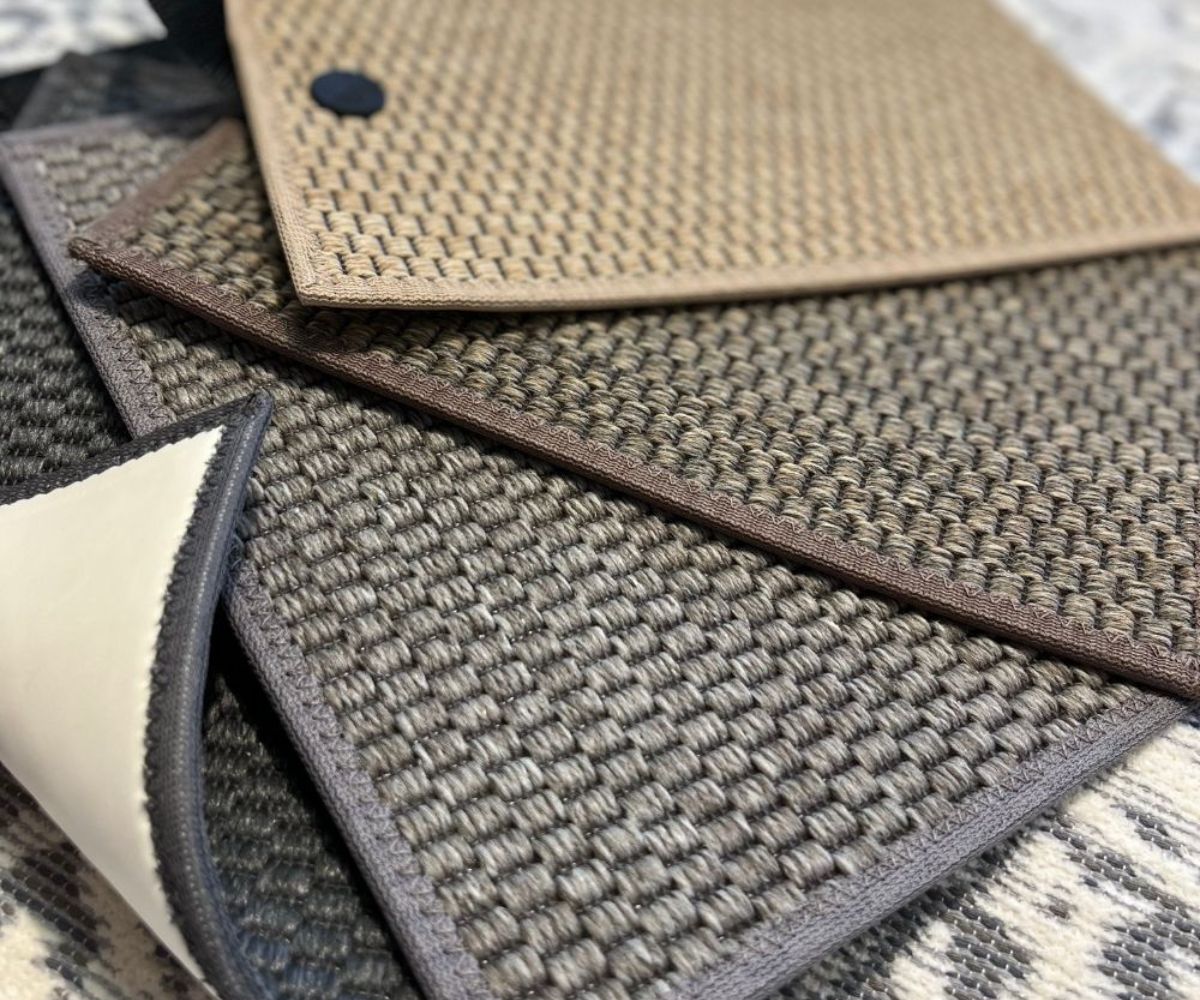
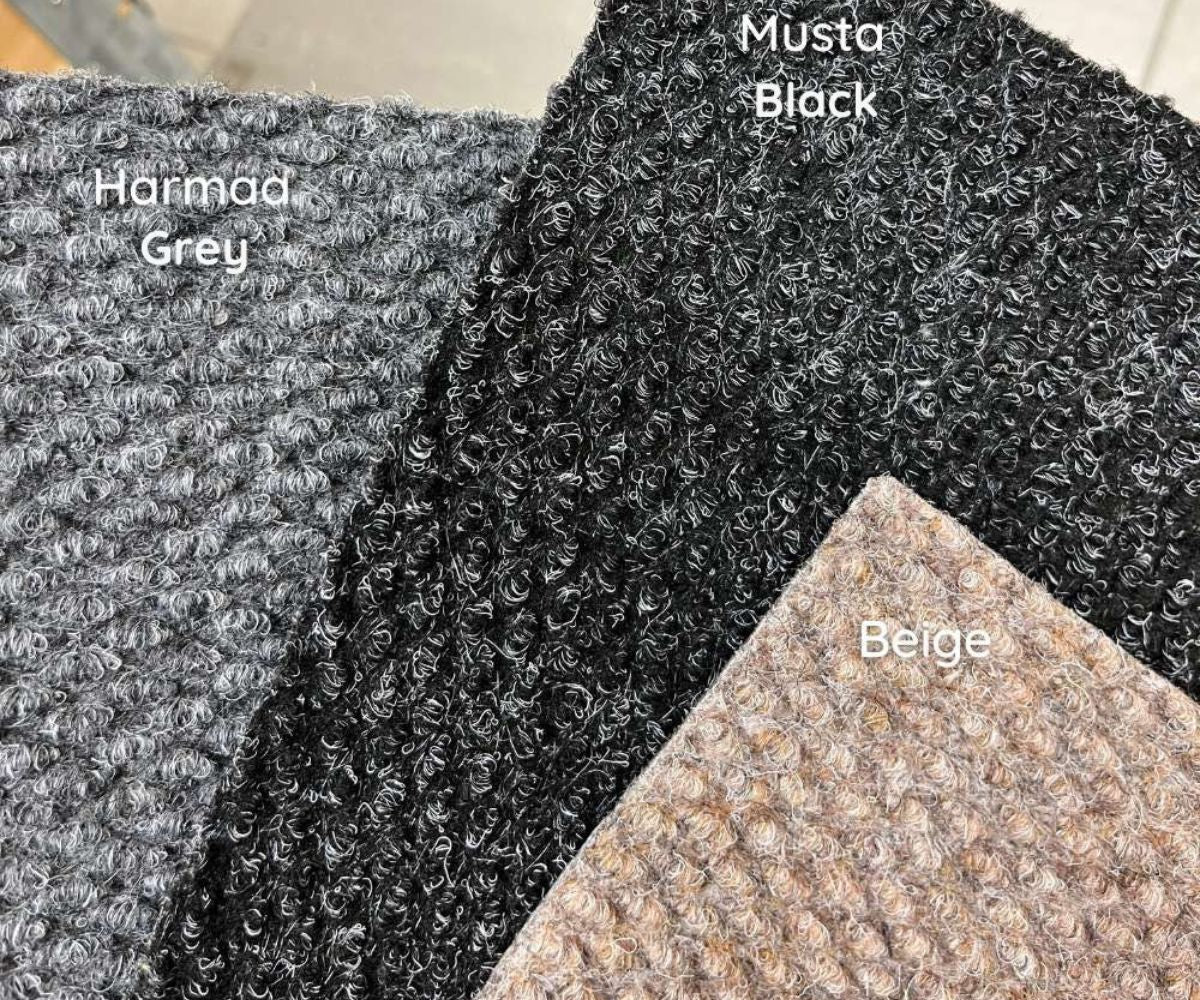
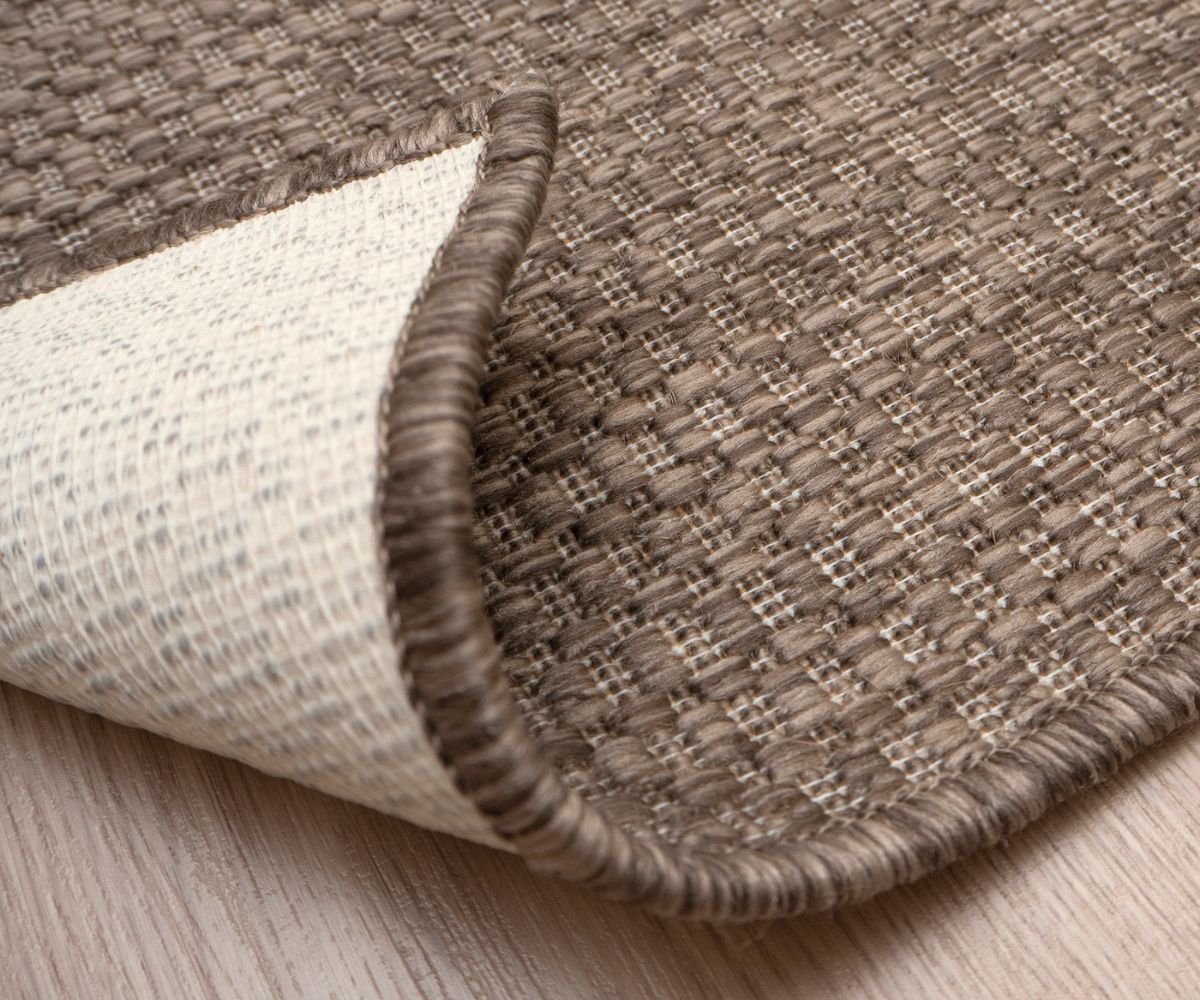
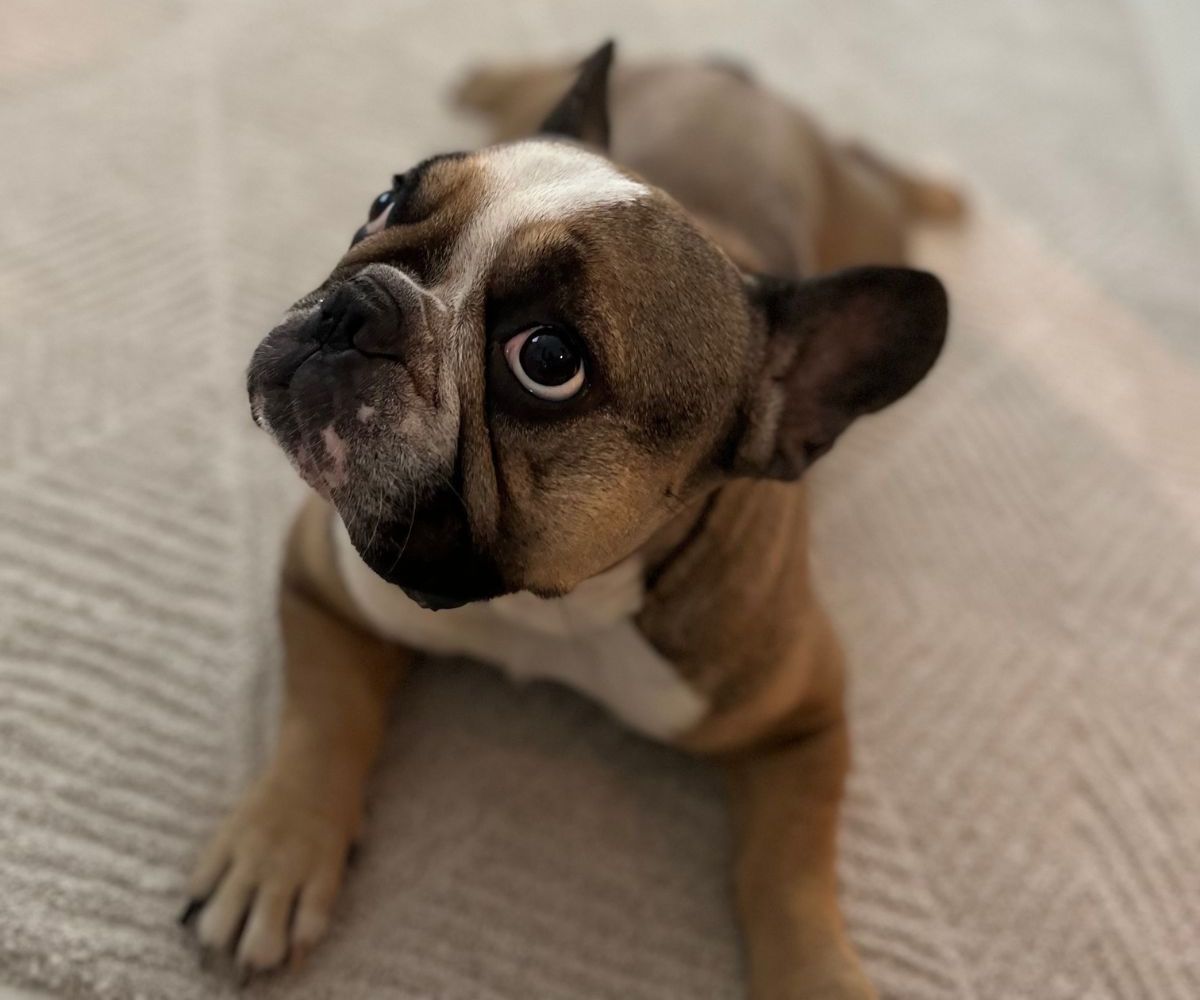
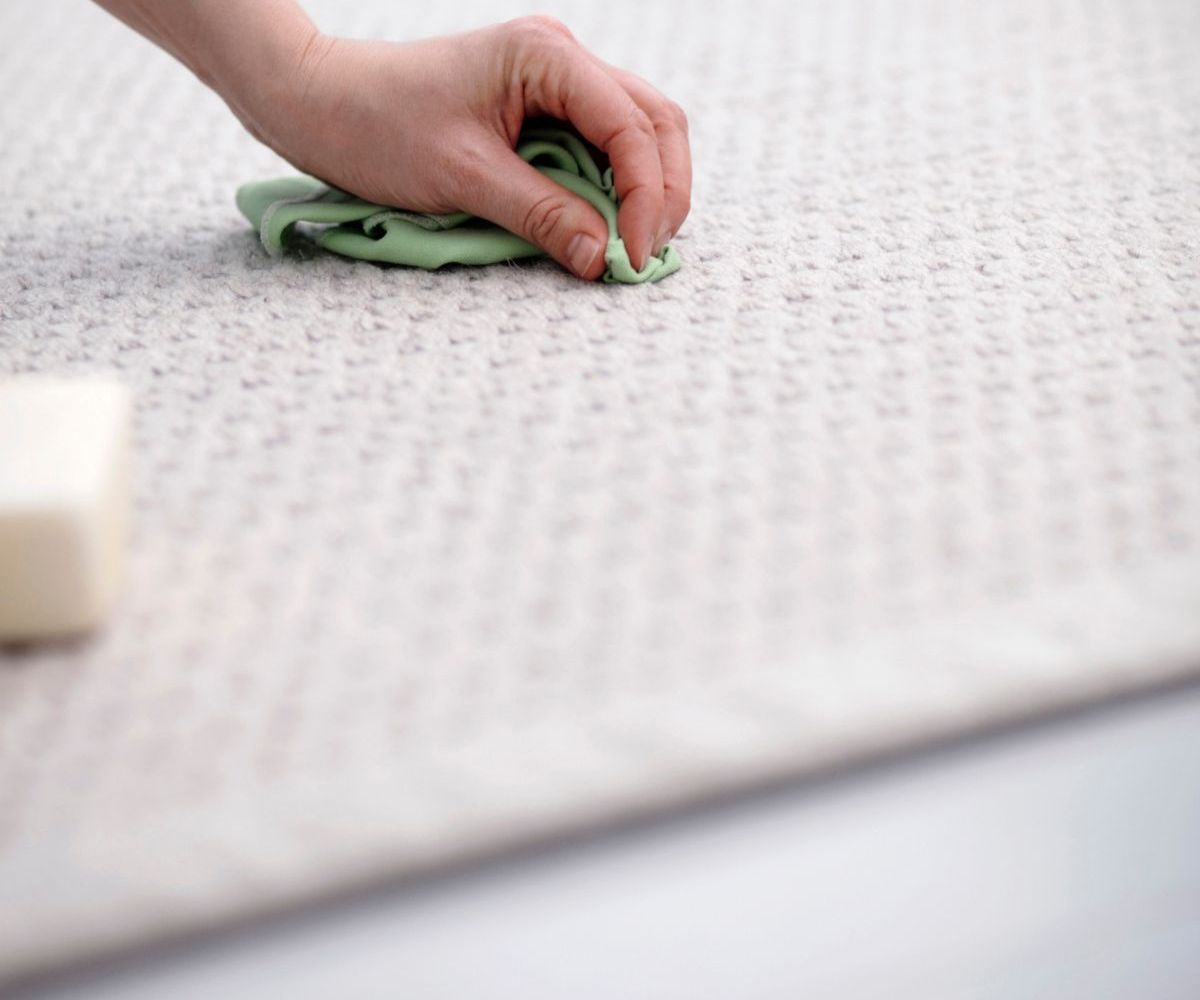
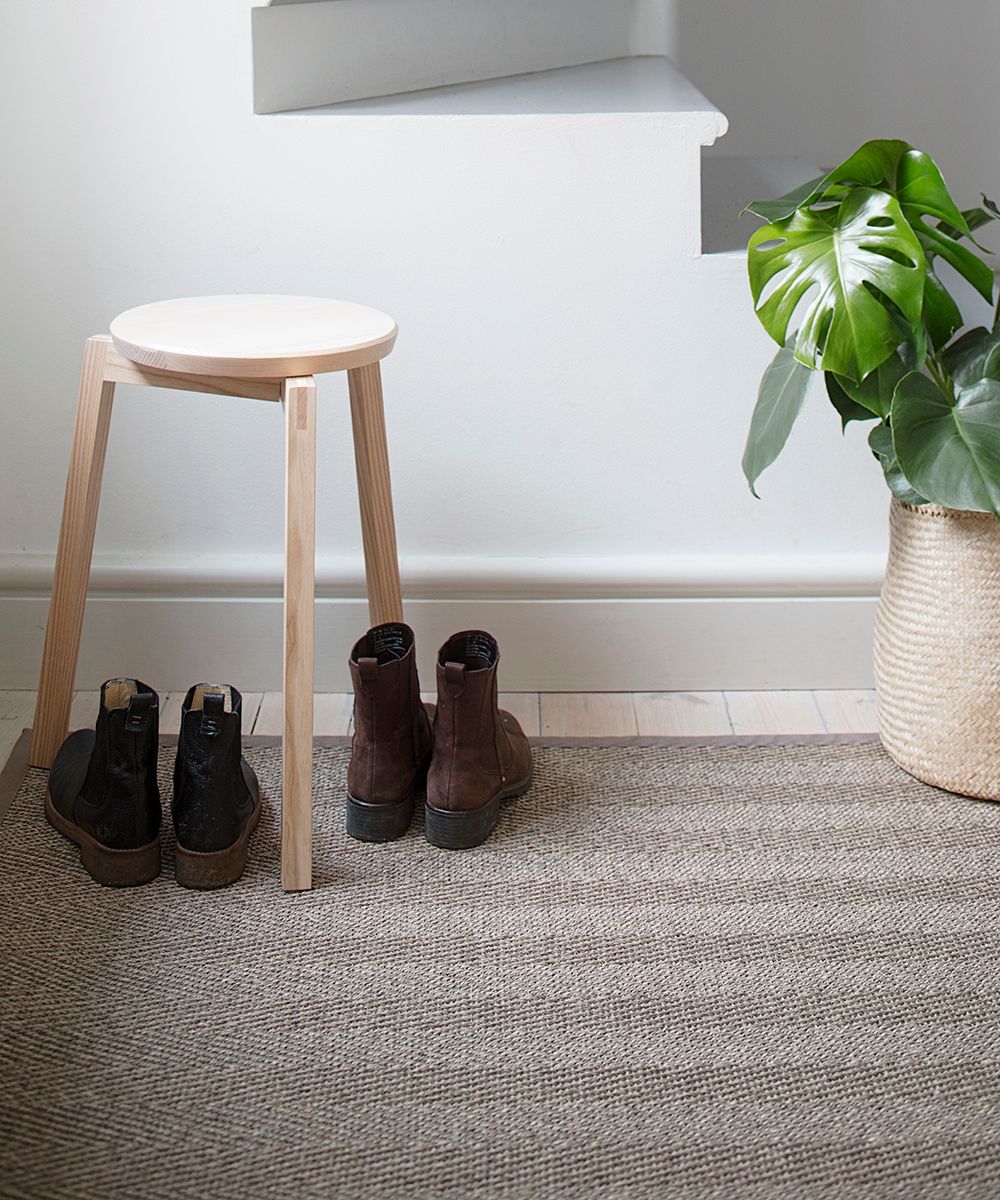
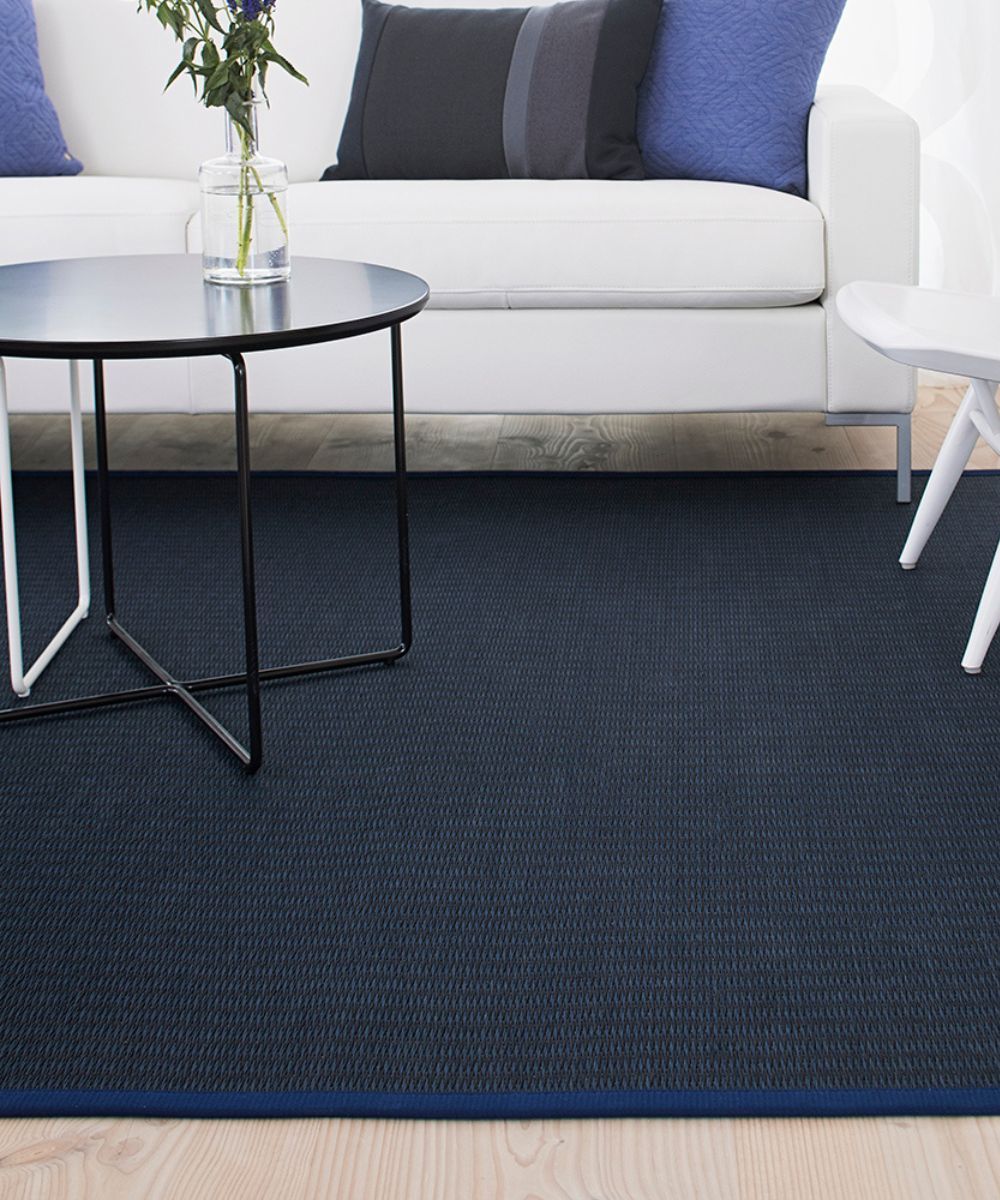
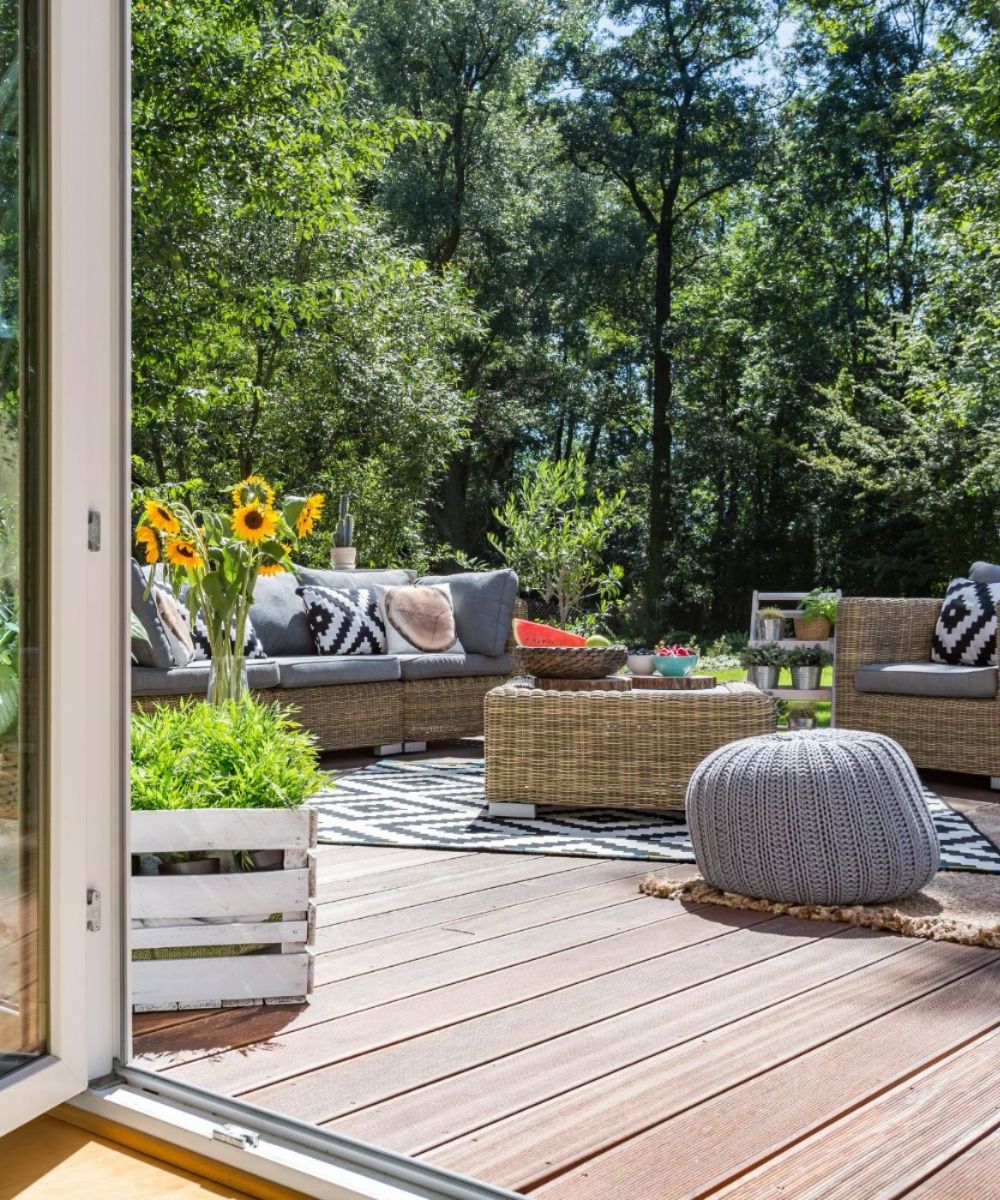
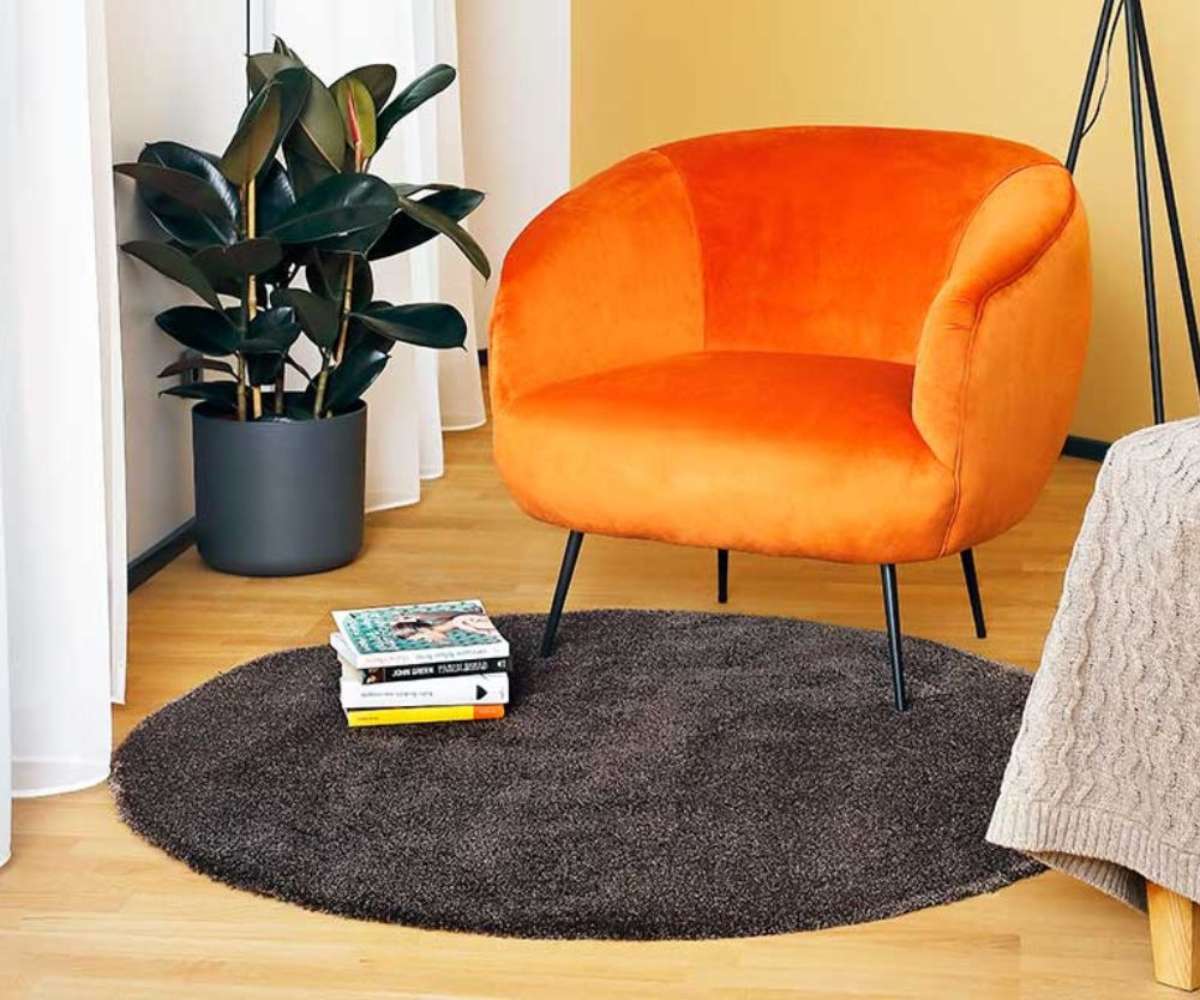
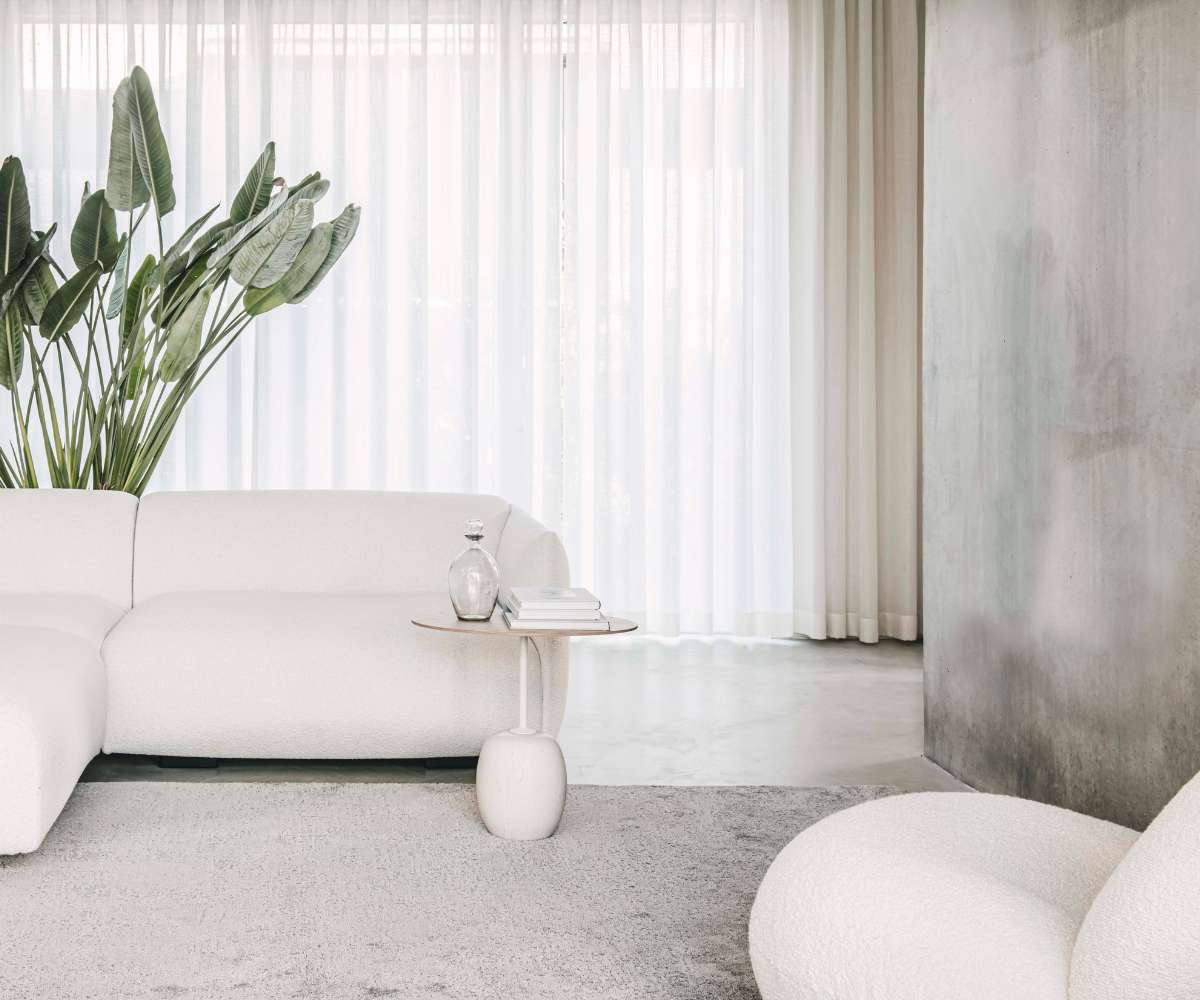
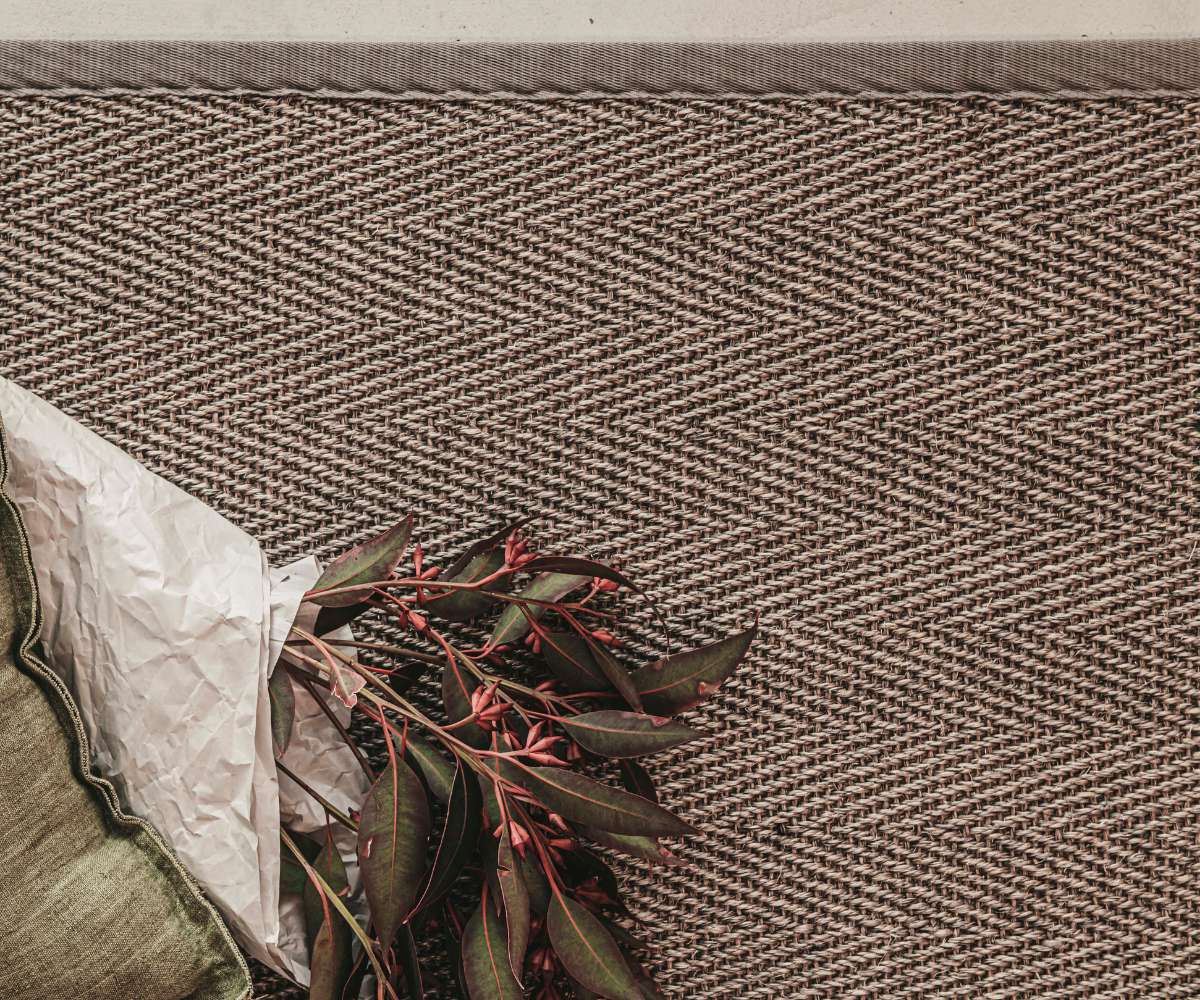
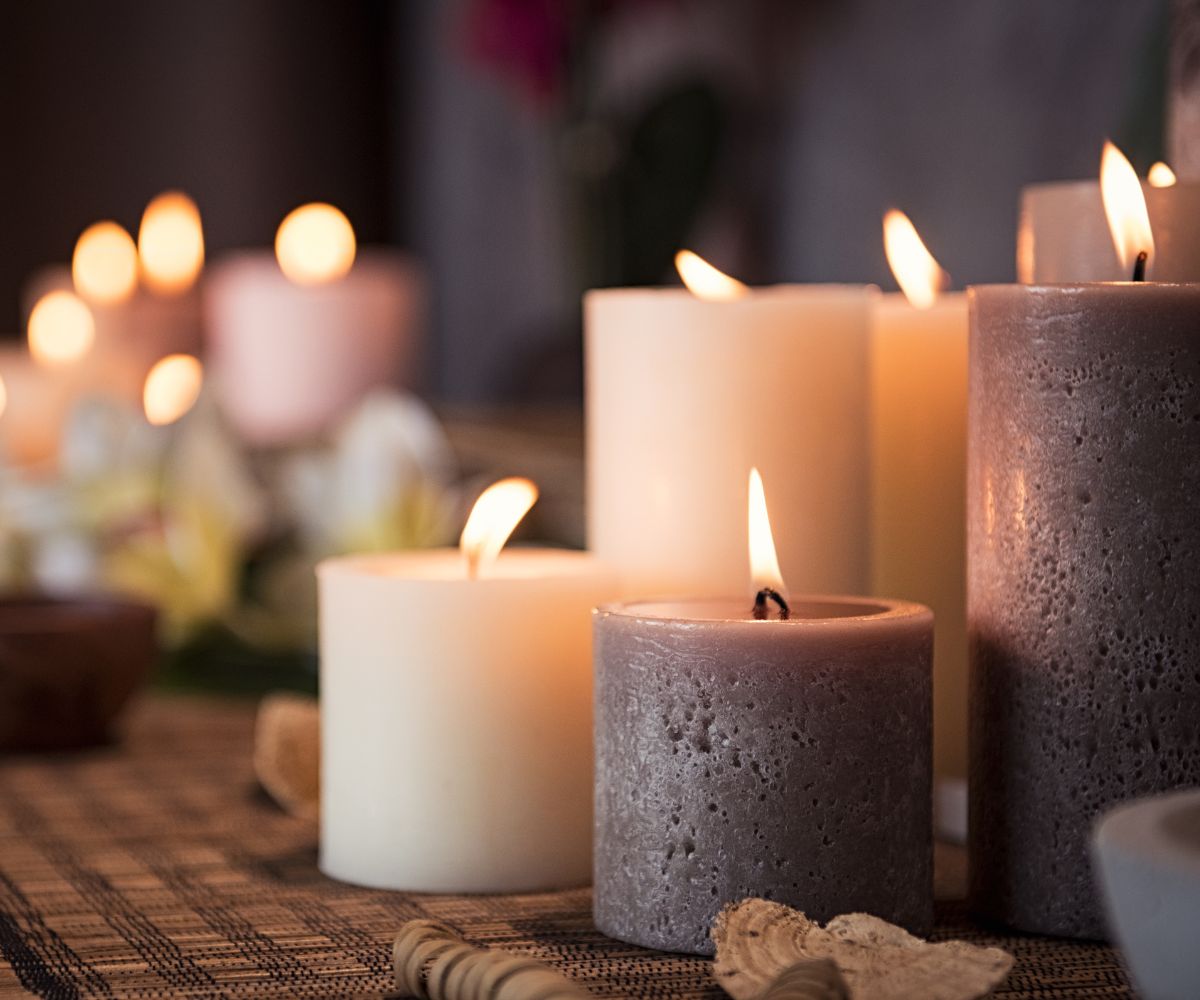
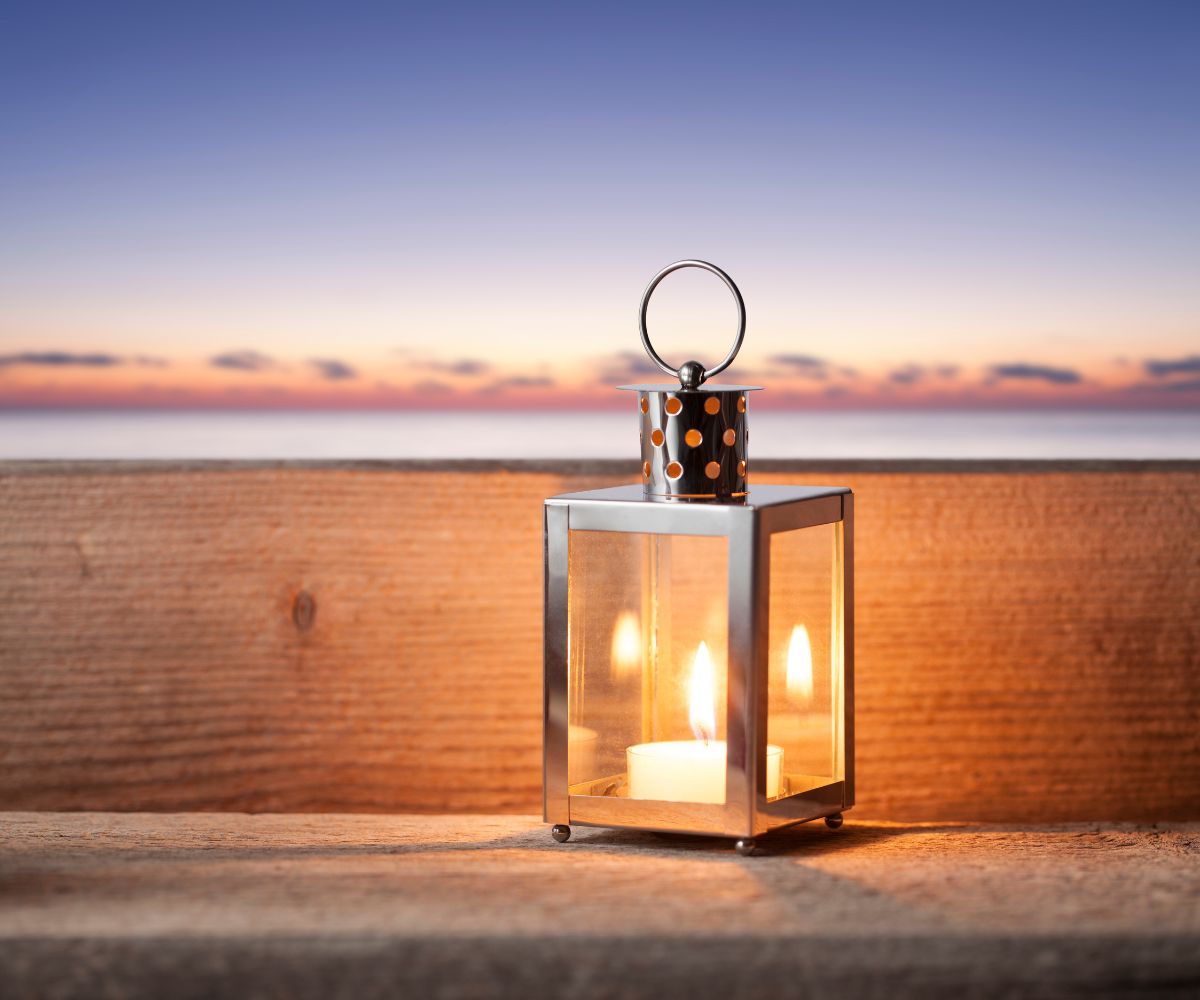
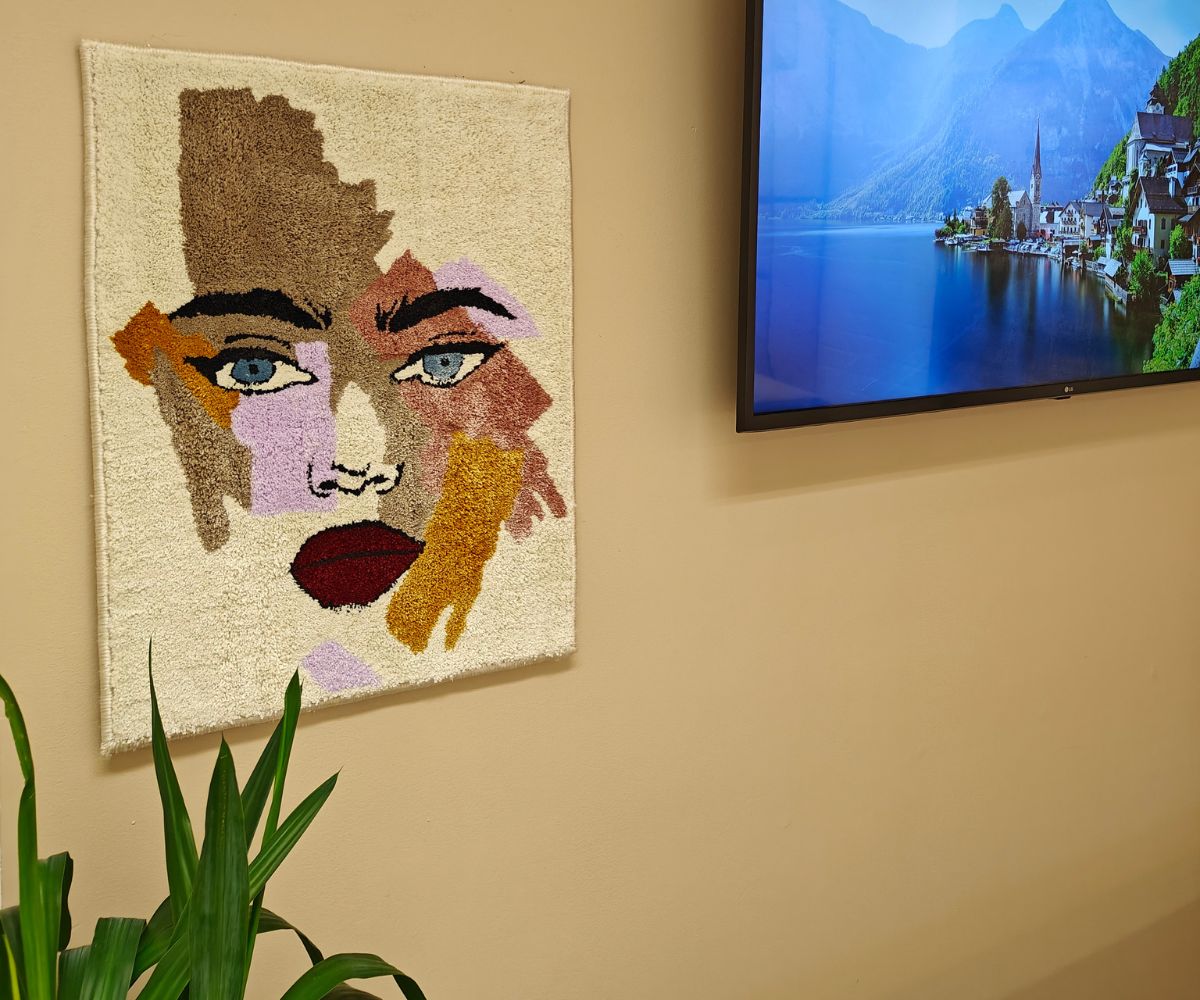
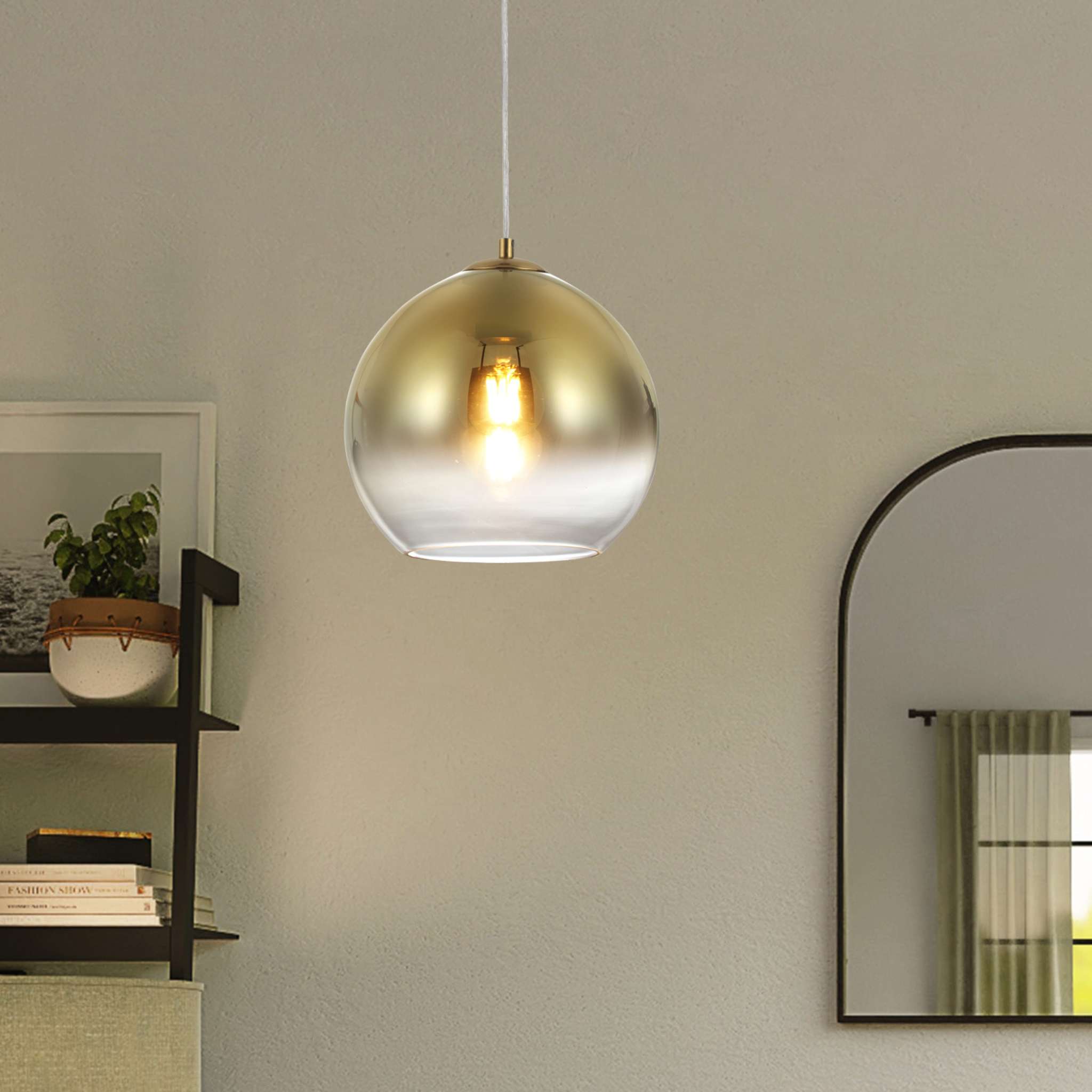
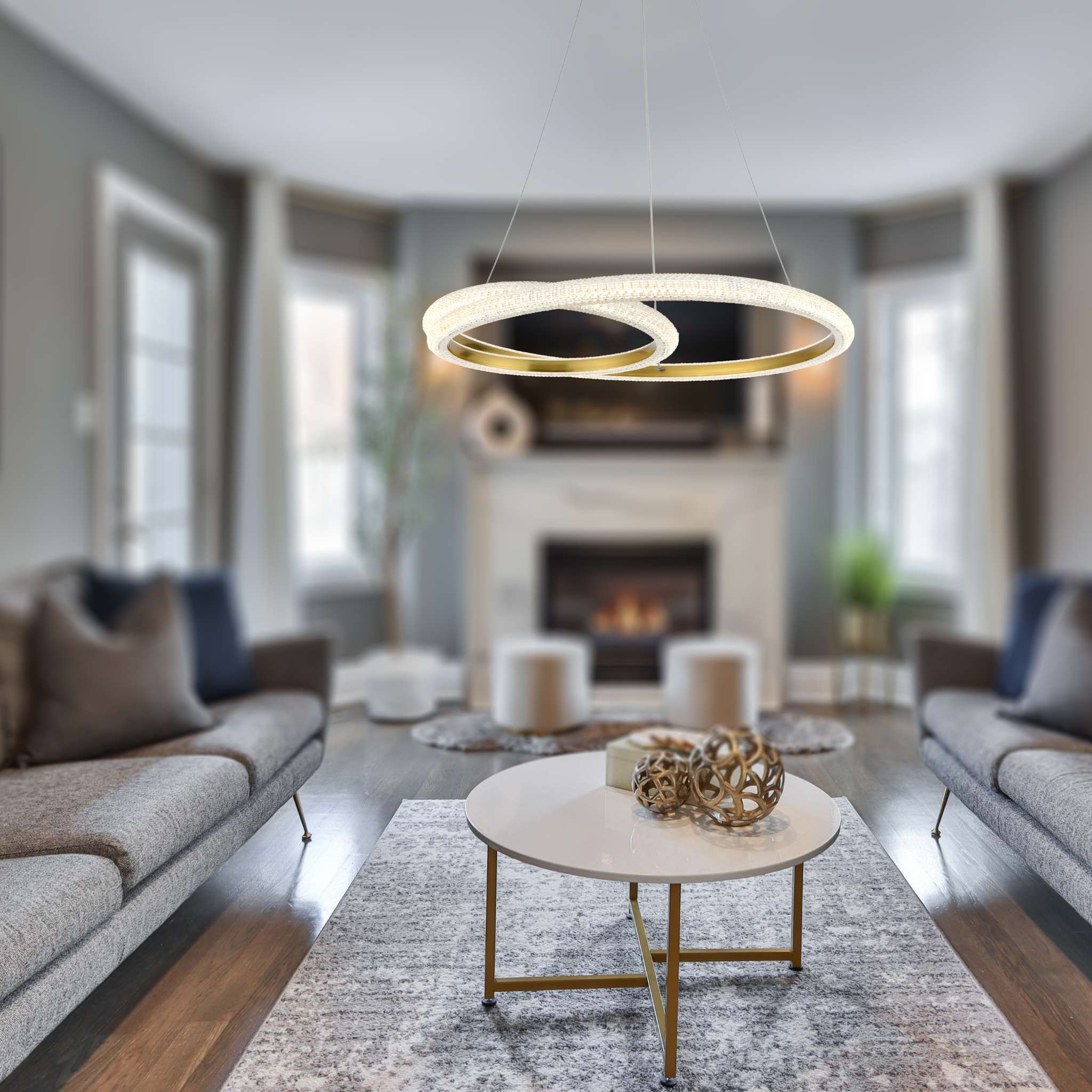
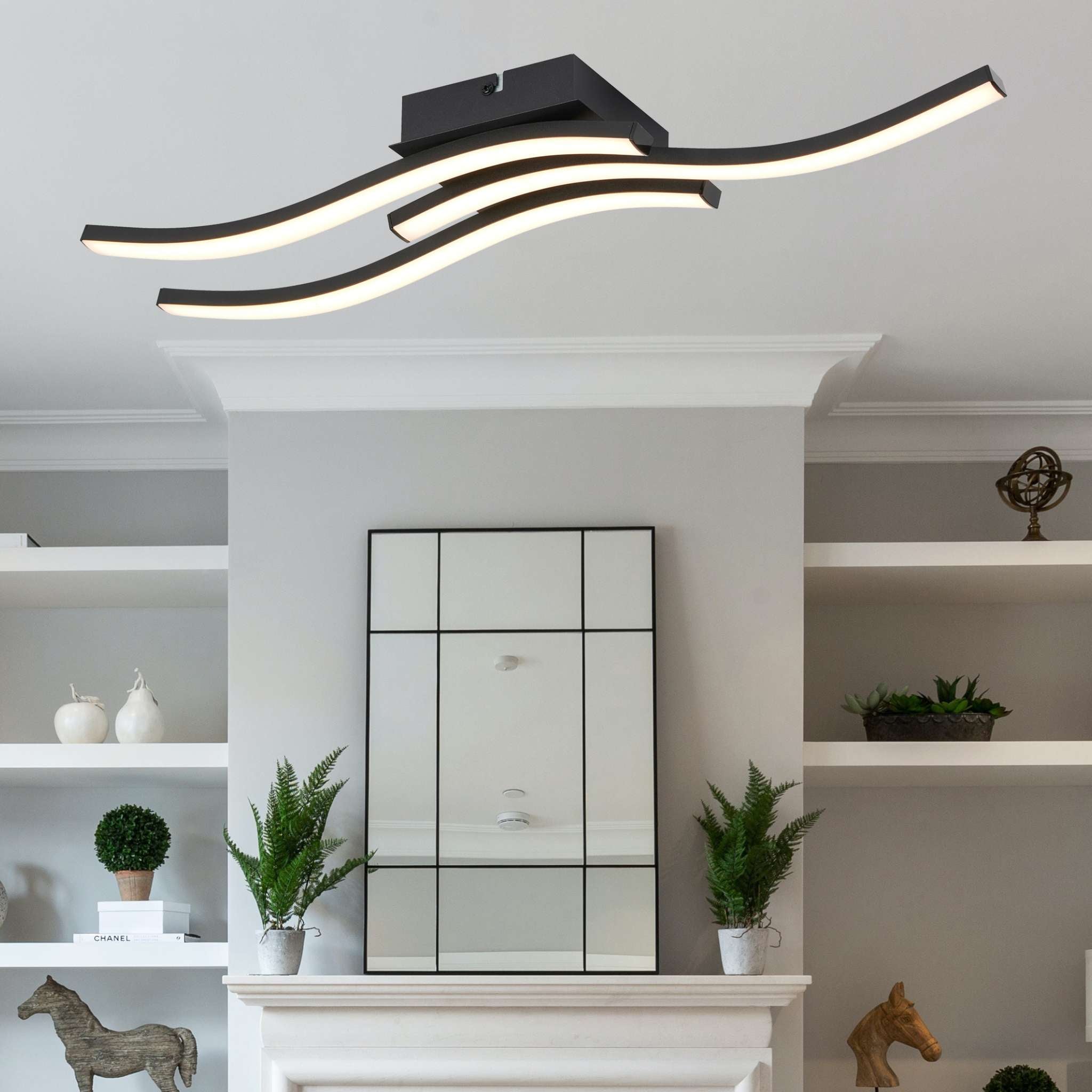

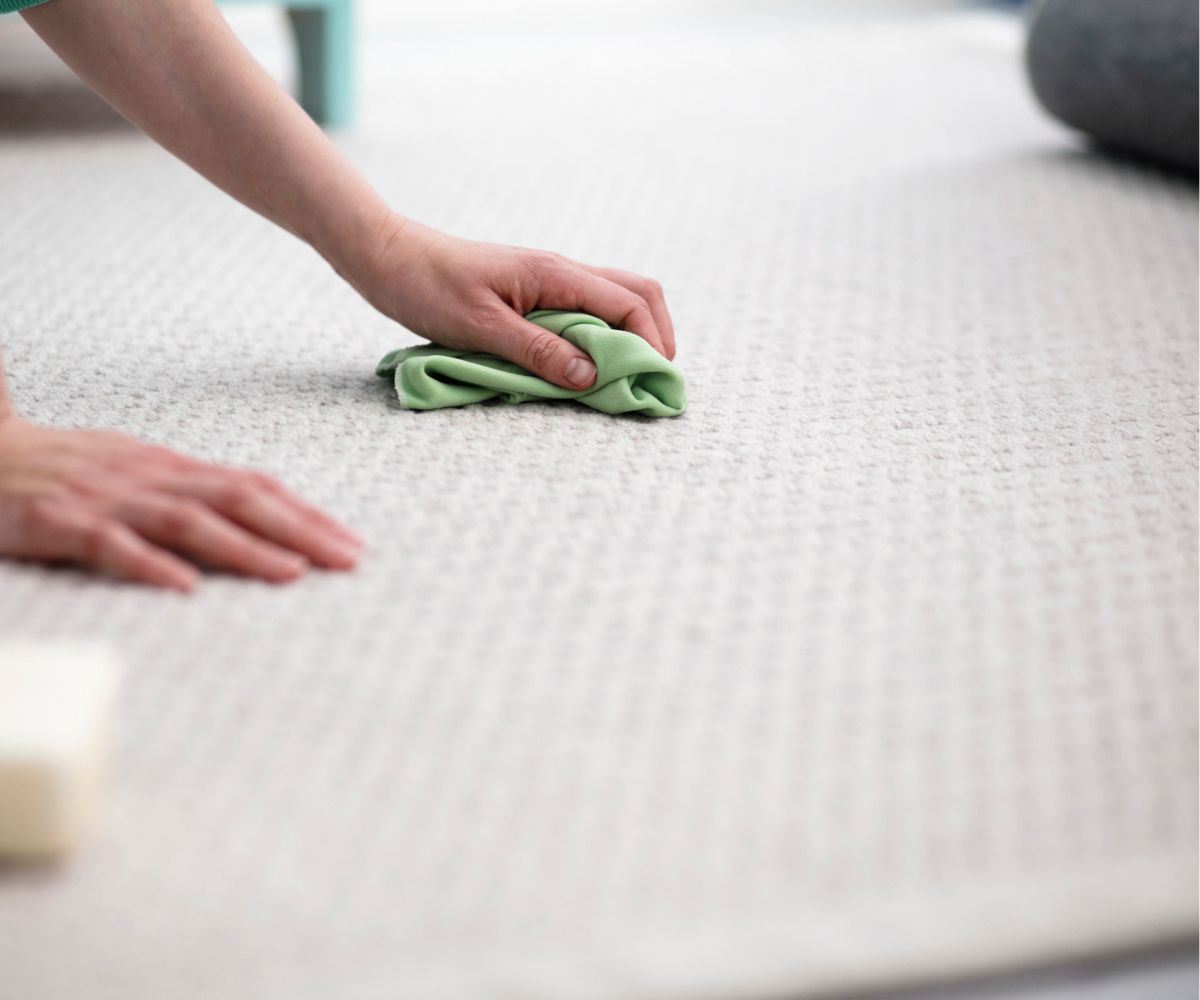
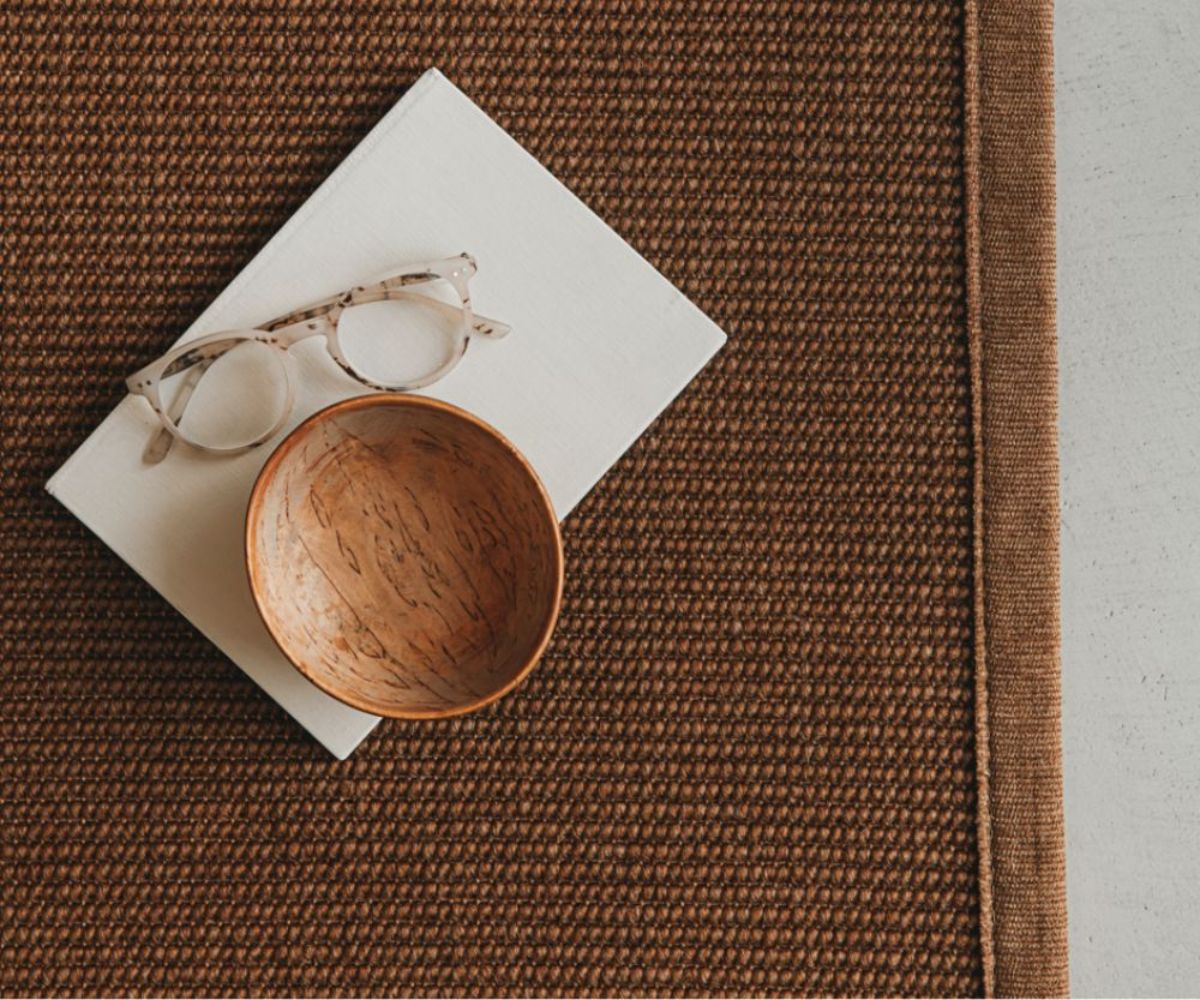
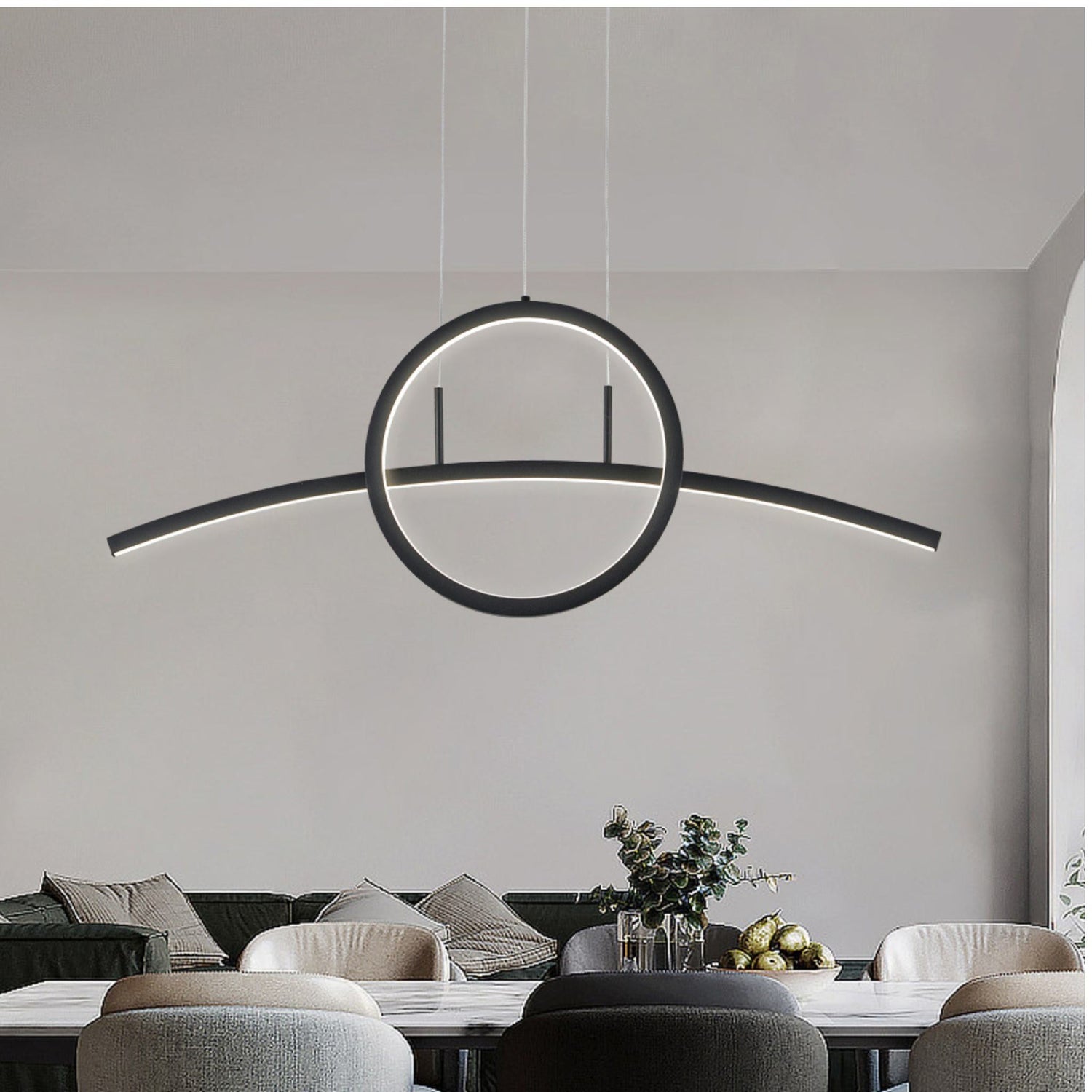
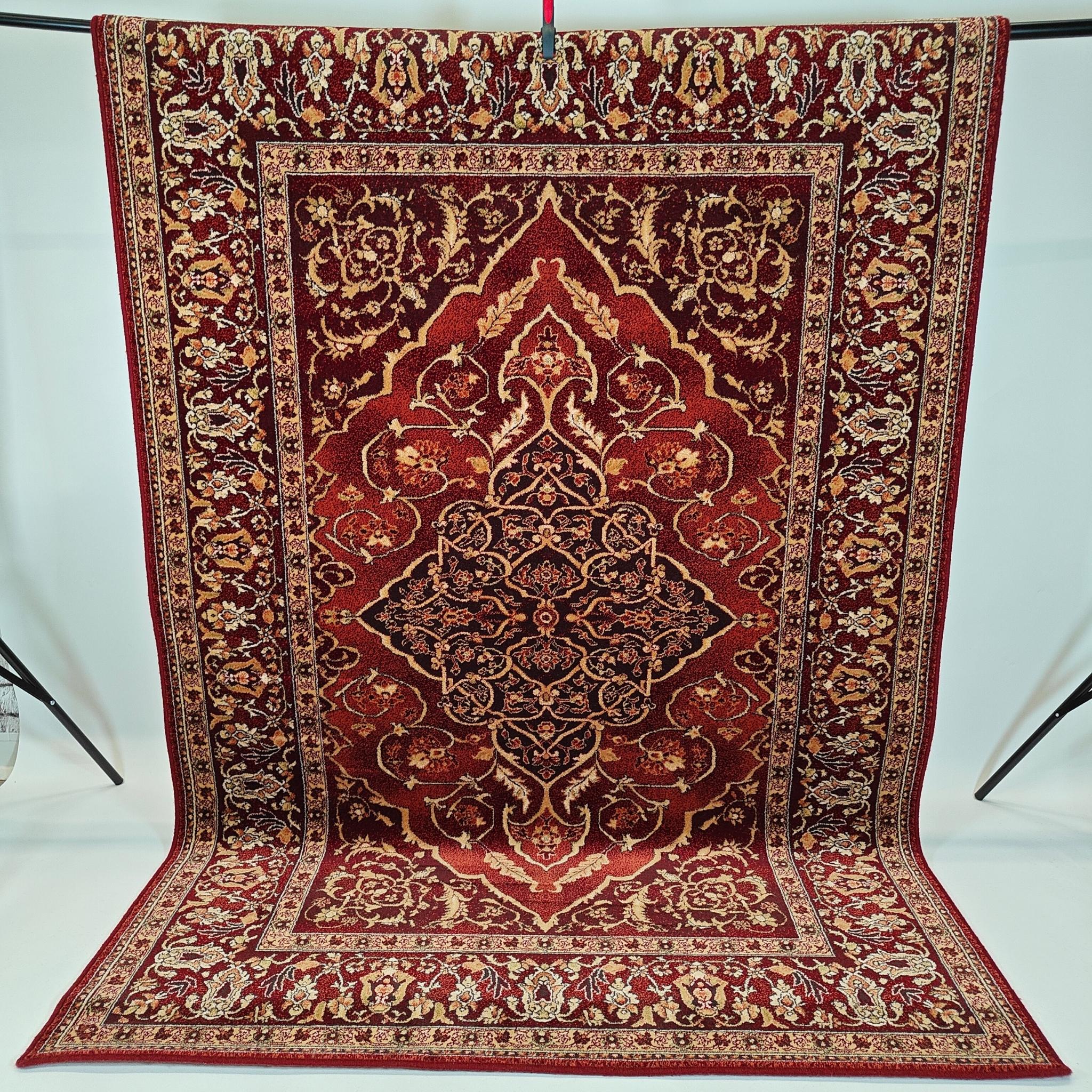
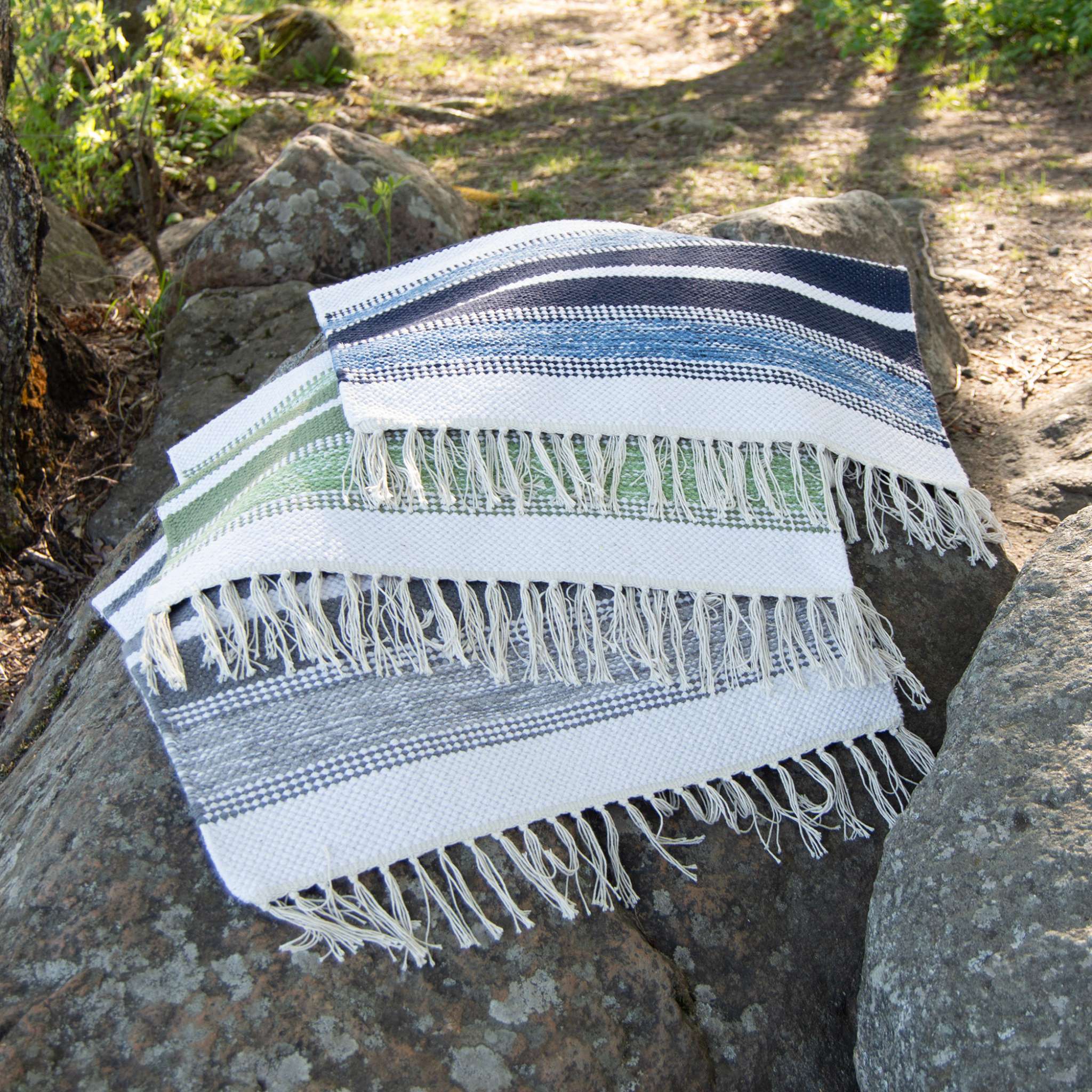
Leave a comment
This site is protected by hCaptcha and the hCaptcha Privacy Policy and Terms of Service apply.